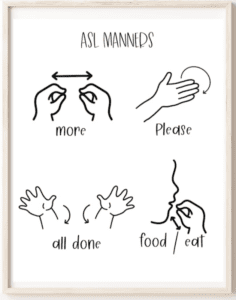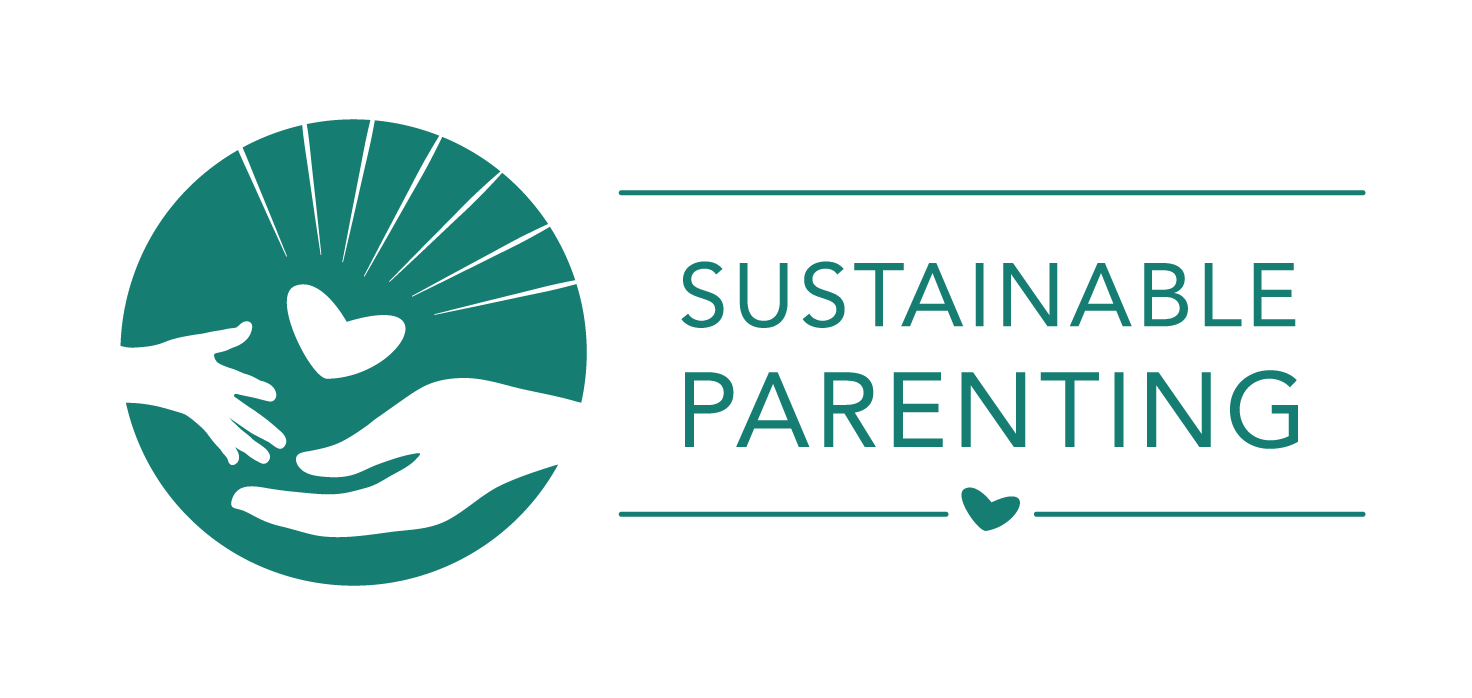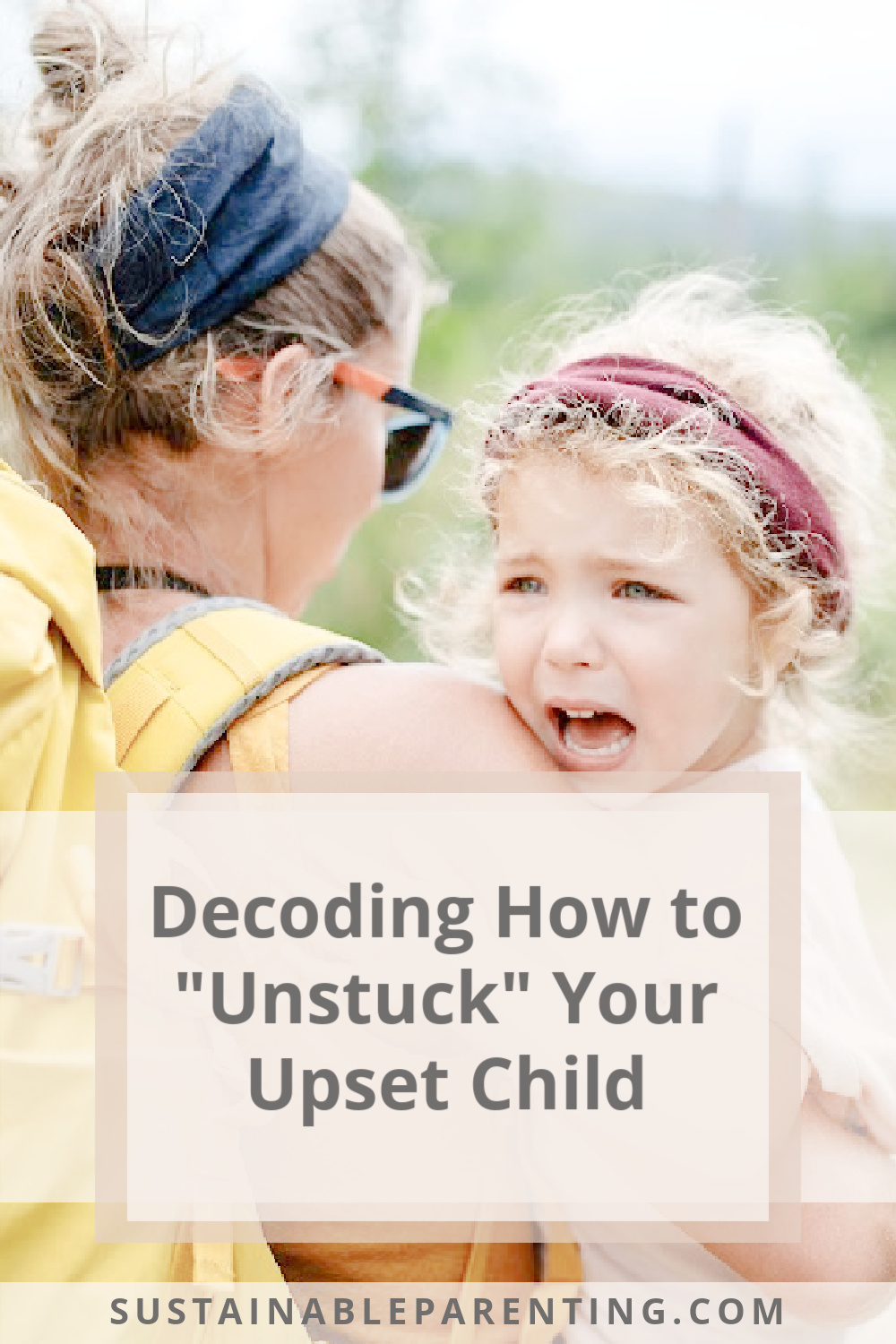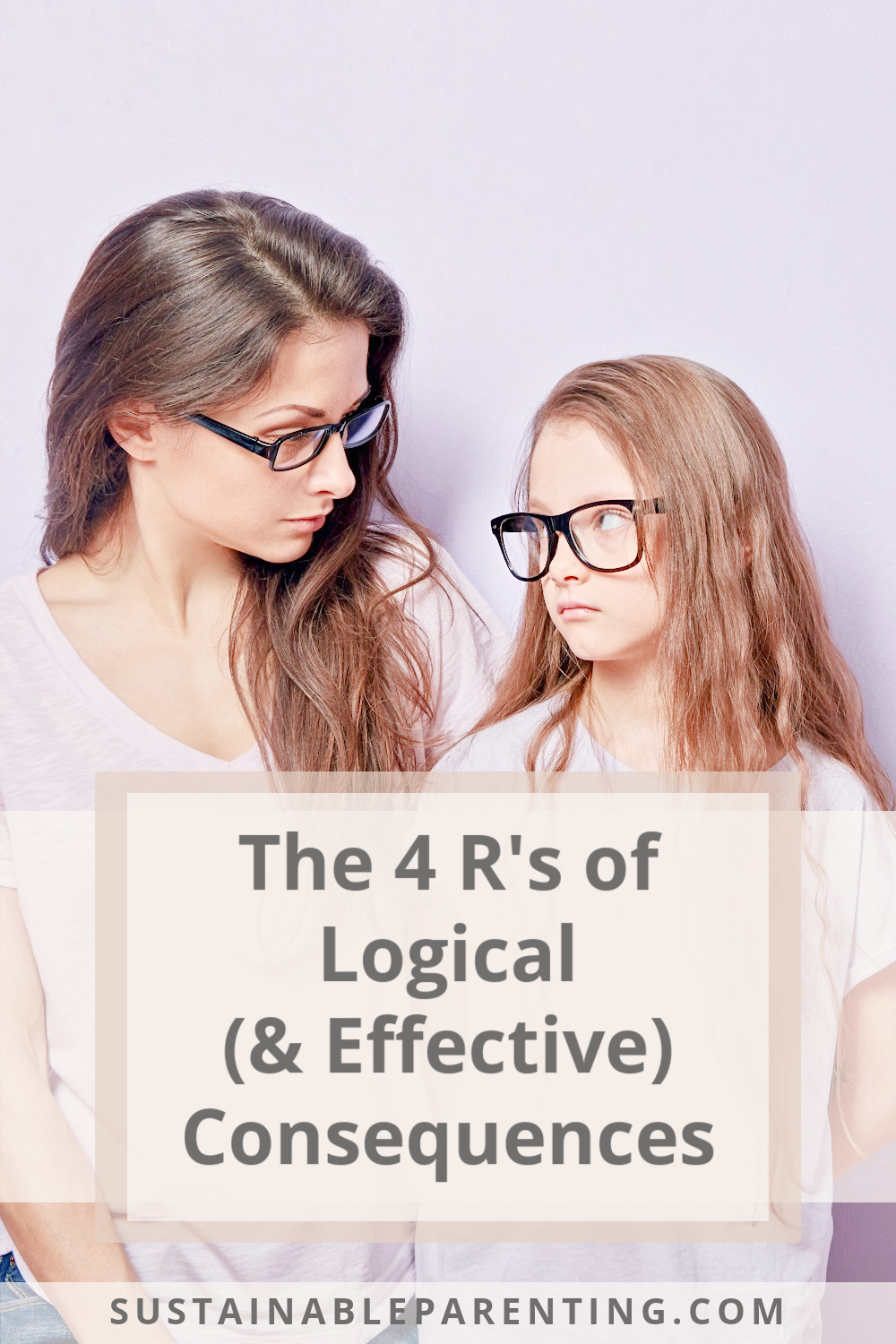How To Discipline A Child At A Very Young Age

Ever find yourself navigating the complexities of disciplining a 10-month-old who seems more defiant than their older sibling? I feel you. When my 2nd child was born, it made me realize that our children’s personalities, even in the realm of having to discipline a child, can be so very different, strictly based on their inborn nature. It’s humbling, to say the least!
The good news is discipline can start at a very young age. In fact, the very word discipline means “to teach”, so, of course, we are teaching our children in so many ways, even as babies. 10-12 months is often the starting point of when our children start to be wonderful little scientists, with several lagging skills (see explanations below):
- As “little scientists”, our kids are constantly testing rules and boundaries to see what happens when they do. Also, they are experimenting with weight, sound, taste, and touch in almost every way imaginable. That’s how their brains are primed to learn. The more we can see that they are exploring and experimenting, instead of being bad, we will respond to these challenges as teachable moments.
- Having lagging skills means they have skills that are not-yet-developed. These skills include how to communicate their needs, how to manage their emotions, and how to effectively have power and control in the world.
To help young children in both of these areas, we’ll want to establish kind and firm boundaries alongside strategies to redirect curiosities and build their lagging skills.
What does this tangibly look like with a 1-year-old?
Ways to start disciplining your young child effectively:
1. Distract and Redirect
The key is to focus on what he CAN do, instead of talking about what he can’t do. Examples:
- When your child wants to throw a harmful object, replace the item with pom-poms, a balloon, or a squishy ball, saying, “This is what we can throw.”

- When he is stuck on something in the house he can’t have, redirect towards something he can play with. The more enthusiasm you show for the appropriate object/activity, the more likely he will follow.
Ie. When he wants to have the remote, saying “Look at this cool shaker over here!” instead of, “No. I told you, you can’t have that remote!”
2. Use Sign Language to help them communicate their needs
“Help”, “More”, “Please” and “All done” were the foundation signs we used with our kids between 8-18 months.
When you notice your child trying to communicate something, give them the sign, as a replacement for screaming or resisting. (https://tinysigns.com/baby-sign-language-tips/) Help the child learn the sign by taking their hands and making the sign motion.
3. Use “When… Then…” statements as often as possible
This is a very effective way to help your little scientist to learn cause and effect.
- “When you have your shoes on, then we get to go to the park.”,
- “When you get in the stroller, then you can have your snack on our walk home.”
- “When you use a calm voice, then I’m happy to help you.”
If you’d like more personalized guidance, contact Flora today.
Click here to view the full article on Montana Parent Magazine.







